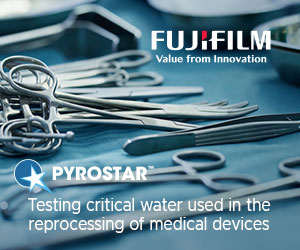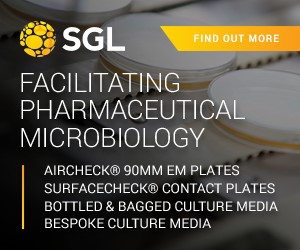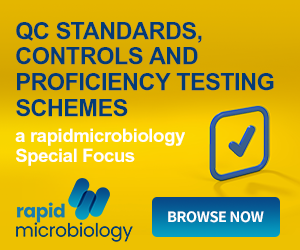Quiet, Easy and Depe...
Touchscreen Spiral P...
16th May 2016 Content supplied by: FDA
NARMS Using Whole Genome Sequencing for Better Tracking and Treatment
Whole Genome Sequencing (WGS) is now being used in the US National Antimicrobial Resistance Monitoring System (NARMS) reports to provide more accurate information on antimicrobial resistance in Salmonella, a major pathogen causing foodborne disease outbreaks. WGS greatly enhances diagnosis, tracking and treatment as it can rapidly identify pathogens and, importantly, help trace genetically similar pathogens back the common source of contamination.
Because WGS has become an inexpensive and rapid tool for characterizing bacteria, it has the potential to replace a number of long-standing laboratory methods such as biochemical tests to identify species, and the subtyping methods of serotyping and pulsed-field gel electrophoresis that require specialized training and separate lab processes.
The report not only includes serotype distribution and prevalence by food source and state, but also selected resistance patterns and a list of all the identified antimicrobial resistance genes. Antibiotic resistance in foodborne bacteria for drugs that are considered important in human medicine, including whether they are multidrug resistant (resistant to three or more classes of antibiotics), is a growing concern and the NARMS reports help the US FDA in making data-driven decisions on the approval of safe and effective antimicrobial drugs for animals, especially those that will enter the food chain.
The good news in the latest report is that Salmonella in retail poultry is at the lowest level since testing began in 2002. Salmonella resistance to ceftriaxone (an important antibiotic used to treat seriously ill patients) from chicken sources continued to decline steadily as well. Further good news is that, as yet, there has only been one case of Salmonella resistant to Ciprofloxacin, which is a major antibiotic to treat Salmonella, and no resistance to another important antibiotic, azithromycin, has been found.
WGS data can be used to predict antimicrobial resistance for a number of bacteria, including the foodborne pathogens Salmonella, Campylobacter, and E. coli. In addition, WGS data reveals the range of genes causing resistance to a particular antibiotic. The WGS data for NARMS isolates, listing the antimicrobial resistance genes and resistance-associated mutations for Salmonella, are now publicly available in GenBank bioproject PRJNA290865.
The sample of Salmonella mentioned above, which is resistant to Ciprofloxacin, is discussed in depth in the report. Found in a single sample of pork, WGS has identified the antibiotic resistant genes in the form of diverse quinolone resistance mechanisms, i.e. the qnrS gene. The presence of such plasmid-associated resistance genes is of particular concern due to the potential for transmissibility to other strains of Salmonella. This enables a careful watch to be done for the emergence of this gene in other samples.
The WGS data has allowed FDA, for the first time, to understand the mechanisms underlying each of the resistance phenotypes observed, and how they differ by source.
Tags:
Date Published: 16th May 2016
Source article link: View
Quiet, Easy and Dependable Preparation
Touchscreen Spiral Plater Launched






